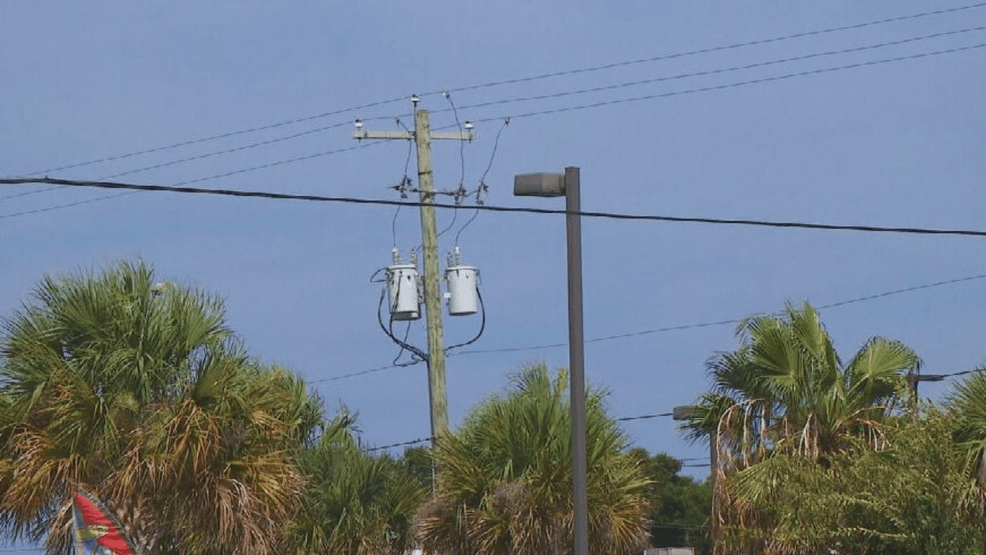Gulf Breeze Completes Phase One of Underground Utility Project
Gulf Breeze, Florida, is making significant progress in its effort to modernize its infrastructure. This week, the city is wrapping up phase one of its undergrounding utilities conversion project, a major initiative aimed at improving resilience and aesthetics. The project involves moving overhead utility lines underground, a transformation that has been requested by residents for decades.
Mayor JB Schluter shared that the idea of upgrading the utility system has been on the community’s radar since 2006. However, it wasn’t until 2018 that the project began to take shape. Now, with phase one nearing completion, the city is looking ahead to the next steps.
“This week we’re going to see the polls actually begin to come down,” said Gulf Breeze City Manager Samantha Abell. “And all the work should be done in August.” The first phase of the project, which cost $18 million, spans Highway 98 from the end of the Pensacola Bay Bridge to where it intersects with Daniel Drive.
The decision to move power lines underground was driven by the need for greater reliability, especially during hurricane season. Stephanie Lindsay, project manager of Utility Consultants in Florida, explained that this change significantly reduces the risk of prolonged power outages.
“With hurricane seasons as active as they are, putting those power lines underground really reduces the risk of power outages for extended amounts of time,” Lindsay said. “It also improves overall resiliency.”
For residents like Schluter, who has lived in Gulf Breeze since 1970, the benefits are personal. He recalls the devastation caused by Hurricane Ivan, when he lost power for nearly a month after being near the water. Moving utility lines underground could prevent such situations in the future.
Phase one was originally scheduled to be completed in May, but the timeline faced delays due to coordination challenges between communication companies and the Florida Department of Transportation. Despite these setbacks, the final line is expected to be removed this week.
Looking ahead, phase two will focus on neighborhood collectors, including roads like Fairpoint Shoreline, Sunset, Daniel Drive, and Daniel Circle. This phase is set to begin in two weeks and is expected to be completed by the end of 2026.
Abell noted that phase two will not face the same challenges as phase one because it will not involve dot territory. This means the process should be smoother and faster.
Currently, about a third of Gulf Breeze’s neighborhoods already have underground utilities. The ongoing project aims to bring the rest of the city up to the same standard.
Schluter emphasized that the project is about more than just functionality. “For our community, not just for the beauty of the city, and what we’ve done through the landscaping of the main medians, but just for the security and comfort of knowing that they’re protected one more level,” he said.
As the city moves forward, residents can expect continued improvements that will enhance both the visual appeal and the reliability of their infrastructure. With phase one complete and phase two underway, Gulf Breeze is taking a major step toward a more resilient and attractive future.







